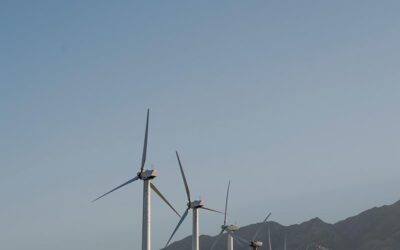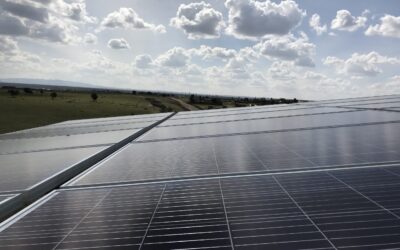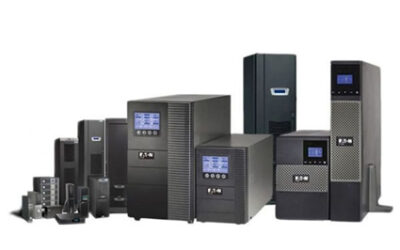A grid-tied PV inverter is a device that converts the direct current into alternating current. The converted power can be used in the house appliances or ejected into the electrical grid. You can use a grid-tied inverter between the local power generators and the power grid. Grid-tied inverters are a more cost-effective and simpler solution for users with a stable grid and no need for backup power.
How Grid-Tie Inverters Work
-
DC to AC Conversion:
Solar panels or wind turbines generate DC electricity. The grid-tie inverter converts this into AC electricity, matching the voltage and frequency of the local grid (typically 120V or 240V at 50/60Hz). -
Synchronization with the Grid:
Grid-tie inverters are designed to synchronize with the grid’s sine wave. They ensure that the electricity they produce is compatible with the grid to avoid disruptions or damage. -
Maximum Power Point Tracking (MPPT):
Most grid-tie inverters use MPPT technology to optimize the energy output from the solar panels by adjusting to changing sunlight conditions. -
Anti-Islanding Protection:
For safety reasons, grid-tie inverters automatically shut down during a power outage. This prevents electricity from being sent back to the grid, which could endanger utility workers or damage equipment.
Advantages of Grid-Tie Inverters
-
Energy Efficiency:
By feeding excess electricity back to the grid, homeowners can maximize the use of their renewable energy system and potentially earn credits or payments through net metering programs. -
Cost-Effectiveness:
Grid-tie systems typically don’t require expensive battery storage since the grid acts as a “virtual battery,” balancing energy supply and demand. -
Environmental Benefits:
These inverters promote the use of renewable energy, reducing reliance on fossil fuels and decreasing carbon emissions. -
Scalability:
Grid-tie systems can be easily expanded by adding more solar panels or other renewable energy sources, with the inverter managing the increased energy output.
Limitations of Grid-Tie Inverters
-
Dependency on the Grid:
Since most grid-tie systems lack battery storage, they don’t provide power during outages. This limitation can be mitigated by integrating hybrid inverters or battery backup systems. -
Initial Cost:
While more affordable than off-grid systems with batteries, the cost of high-quality grid-tie inverters and installation can be significant. -
Regulatory and Utility Restrictions:
Grid-tie systems must comply with local regulations, and not all utilities offer net metering or favorable rates for excess electricity.
Grid-tie inverters are a cornerstone of modern renewable energy systems, enabling efficient integration of solar and wind energy into the grid. Their ability to balance energy production and grid compatibility makes them an excellent choice for individuals and businesses looking to reduce energy costs and promote sustainability.


